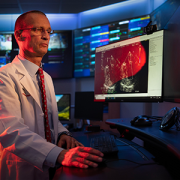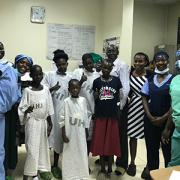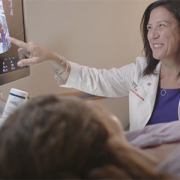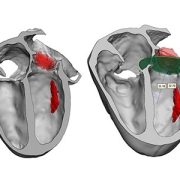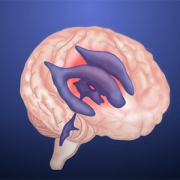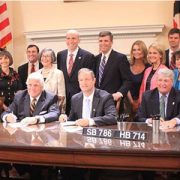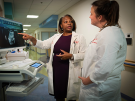Evidence and expertise drive cardiac surgery innovation at Children’s National Hospital
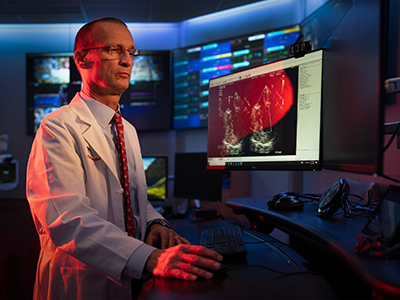
“Our goal is to do the difficult and the impossible,” says Yves d’Udekem, M.D., Ph.D.
“Our goal is to do the difficult and the impossible,” says Yves d’Udekem, M.D., Ph.D., chief of Cardiac Surgery at Children’s National Hospital.
Dr. d’Udekem and the cardiac surgeons at Children’s National apply technical skill and expertise to offer renewed hope for the highest risk children with critical congenital heart disease, including those with single ventricle anomalies like hypoplastic left heart syndrome.
“When families have nowhere else to turn, they can turn to us,” he adds.
Why it matters
The cardiac surgery team has welcomed families from across the United States and around the world who seek experts in the care of these critical heart conditions. Their experience is building an important evidence base for better surgical approaches that will improve long-term outcomes for children with many different types of congenital heart disease, but especially for single ventricle conditions.
Innovation in cardiac surgery
- Hybrid surgical strategy: Cardiac Surgeon Can Yerebakan, M.D., and Interventional Cardiology Director Joshua Kanter, M.D., are national leaders in the use of a hybrid surgical strategy for high-risk infants with single ventricle heart conditions. They can perform this procedure on babies as small as 1.1 kilograms. It allows critical time for the lungs and other organs to recover and get stronger after birth before the child undergoes more invasive procedures.
- New uses for artificial hearts: d’Udekem showed proof-of-concept for the use of an artificial heart to give a child with a single ventricle the time for their own heart to recover rather than being transplanted. In this case, the child was supported by a left-ventricle assist device (LVAD) long term. As their own heart recovered, surgeons then performed successful procedures that seemed impossible to perform before.
- Novel complex pulmonary artery reconstruction: Children’s National performs the most complex lobar and sub-lobar pulmonary artery reconstruction for children with complex pulmonary stenosis. Cardiac Surgeon Manan Desai, M.D., says the approach leverages interventional cardiac imaging and precision surgical techniques to correct stenosis in smaller lung arteries. This helps establish better right-sided pressure in the heart and likely reduces the chance of heart failure down the road.
- Pediatric-focused advanced lung care and transplant: Children’s National is poised to become one of only a few locations in the United States to offer comprehensive care for children with complex lung conditions. In 2024, Cardiac Surgeon Aybala Tongut, M.D., will begin performing pediatric lung transplants as part of the hospital’s Advanced Lung Disease Program focused on the unique needs of children.
Children’s National leads the way
“It’s time to combine firsthand expertise and long-term outcomes from decades of congenital heart surgical procedures to refine our surgical techniques,” says Dr. d’Udekem. “We need to ensure patients with congenital heart disease, especially those with single ventricle heart defects, can thrive long term.”
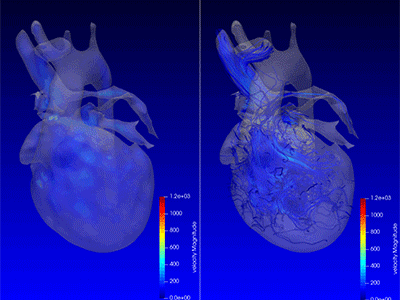
Soon, the Children’s National team plans to re-examine the effectiveness of different techniques for the Fontan procedure. They’ll compare an extracardiac approach against the older lateral tunnel procedure to determine how best to reduce long-term pressure on the heart by creating larger conduits and improving blood flow.
More education is needed to ensure valve repairs for children with congenital heart disease, including single ventricle conditions, which have a high rate of failure and require reoperation, are as successful as can be. The goal is to avoid the need for reoperation or replacement procedures. This is why Children’s National recently hosted the inaugural Valve Repair Symposium. It featured practical cases illustrated with intraoperative video, echocardiography and MR images to bring critical knowledge about pediatric heart valve repair to more people in the field.


